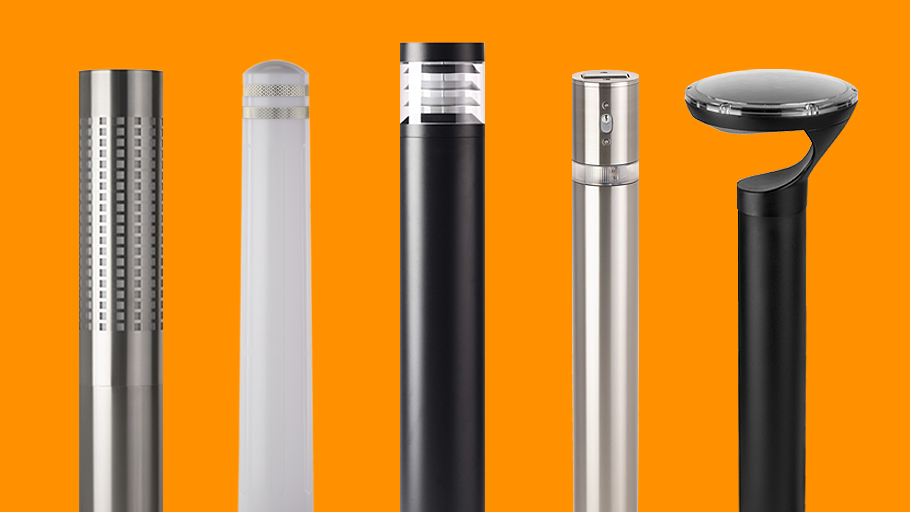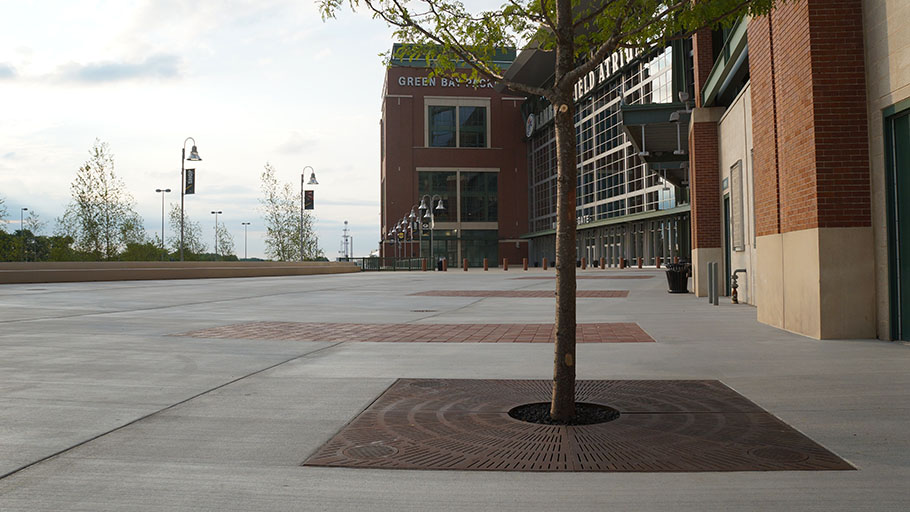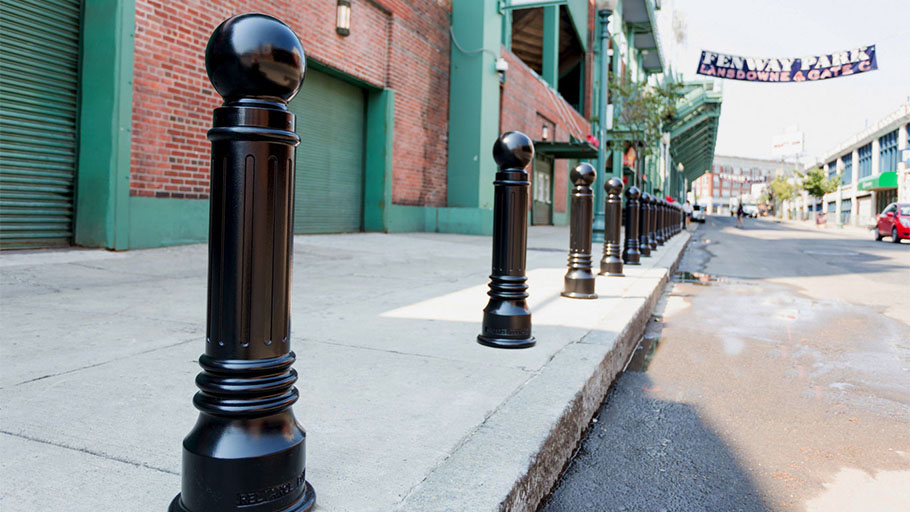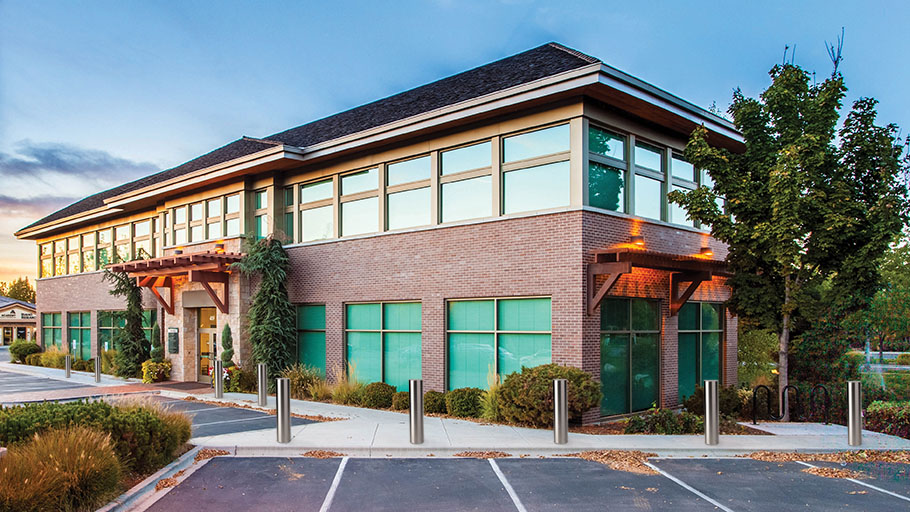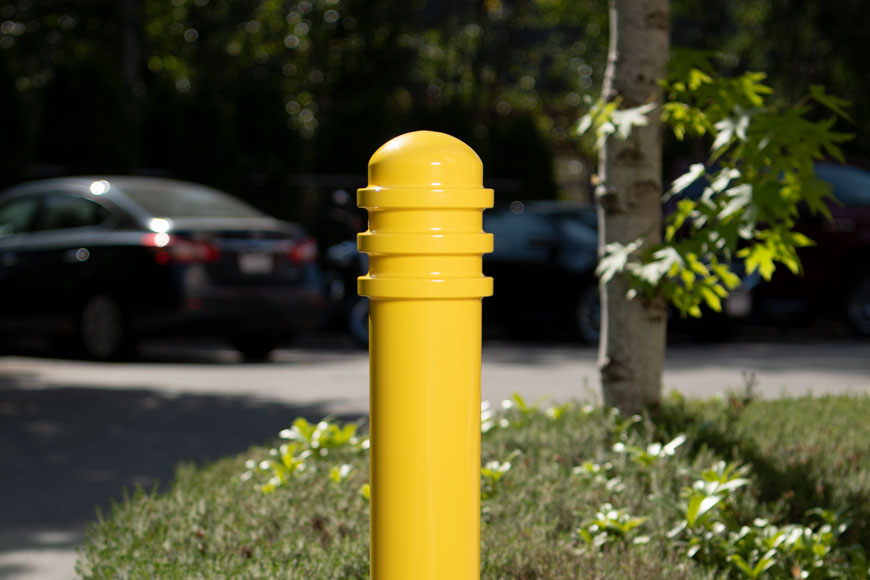Innovative bike racks to foster cycling culture

In the vibrant hearts of our cities, bicycles symbolize sustainable mobility, embodying an eco-friendly, efficient, and health-promoting alternative method of transportation. As urban density increases and environmental stewardship becomes more important, the seamless integration of cycling into daily city life is critical. The creation of a robust cycling culture goes beyond the availability of bike lanes; it necessitates a thoughtful approach to the resting spots of these two-wheeled vehicles.
By re-envisioning bike racks as elements of urban art, municipalities can transform essential infrastructure into icons of a modern, cycling-friendly community, encouraging more urban dwellers to choose pedals over petrol. This article delves into how innovative bike rack designs can be integrated into the urban fabric, beautifying cityscapes, and championing a healthier, more sustainable mode of transportation.
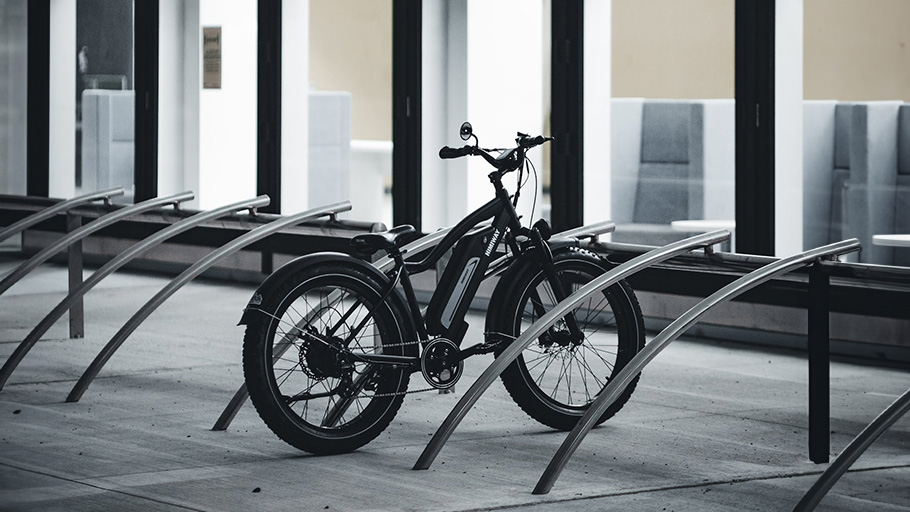
The Role of Bike Racks in Urban Landscapes
Bike racks far exceed their basic function as mere parking spaces for bicycles, emerging as vital components of urban infrastructure that bolster the practicality of cycling as a key mode of transportation. In the past, the design and placement of bike racks have primarily focused on functionality, often overlooking the importance of aesthetics and their integration within the urban environment. Looking at the history of bike racks, this oversight led to the proliferation of racks that, while functional in the basic sense, either detracted from the visual landscape or created obstructions.
Designing Bike Racks with Urban Aesthetics in Mind
To effectively incorporate bike racks into urban design, several guiding principles must be observed:
- Form and Function: A synergy of accommodating bikes securely and contributing to the urban aesthetic. Designs should be visually appealing and reflect the local urban character.
- Sustainability: Employing eco-friendly materials and methods, resonating with cycling’s environmentally conscious ethos.
- Accessibility: Ensuring racks follow ADA guidelines and are approachable for all cyclists, including those with disabilities, without impeding the urban flow.
- Security: Providing secure locking mechanisms to deter theft and vandalism.
- Innovation: Viewing racks as potential pieces of public art to engage community interest and enhance public spaces.
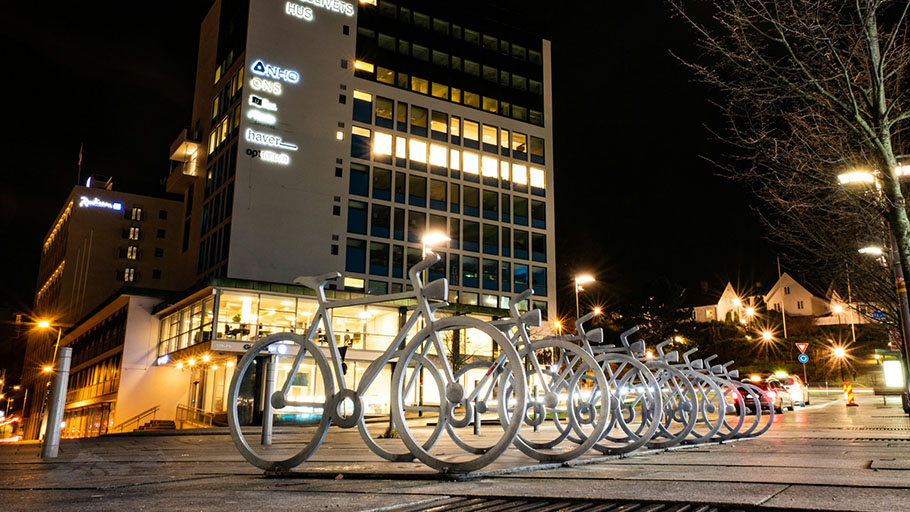
Successful Integration with Urban Infrastructure
Major cities around the world, including Copenhagen, Portland, and Amsterdam, stand as pioneers in harmoniously incorporating bike racks into their urban fabric. This integration not only supports the growing cycling culture but also enriches the city’s visual and functional landscape:
- Copenhagen: This city is renowned for its bike-centric approach, offering an infrastructure that seamlessly integrates bike racks into both its historic heart and modern quarters. The design of these racks enhances the city’s charm while providing practical solutions for cyclists.
- Portland: Known for its vibrant and diverse culture, Portland has introduced a program for bike racks that double as pieces of public art. These unique installations capture the city’s creative spirit, making bike parking both functional and a statement of urban identity.
- Amsterdam: In Amsterdam, the design of bike racks strikes a balance between sleek, modern aesthetics and high functionality. The city’s efforts to accommodate a large volume of bicycles without compromising its picturesque, historic essence serve as a model for urban bike rack integration.
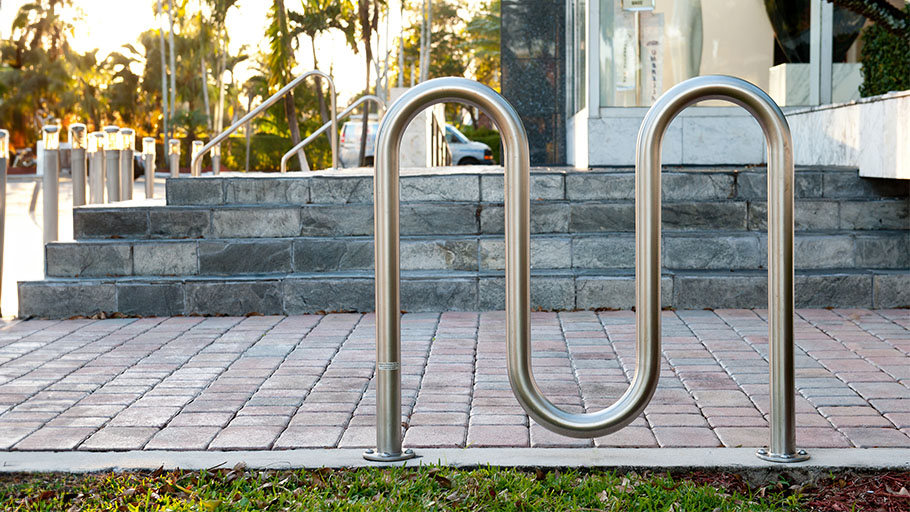
Unlocking the Benefits of Thoughtfully Designed Bike Racks
Thoughtfully designed bike racks bring manifold benefits to urban environments and their communities:
- Aesthetic Enhancement: Transforming utilitarian structures into artworks, these racks beautify cities, making them more inviting and dynamic.
- Cycling Promotion: Strategically placed, appealing racks incentivize cycling, alleviating traffic and pollution for a healthier cityscape.
- Enhanced Security: Superior designs that utilize multiple contact points, such as the R-8241, provide better protection for bicycles, encouraging more residents to embrace cycling as a dependable commute option.
- Efficient Use of Space: Rack designs that can accommodate a greater number of bicycles in compact areas, such as the R-8239 Wave Bike Rack, provide cost-effective solutions for space-constrained urban centers.
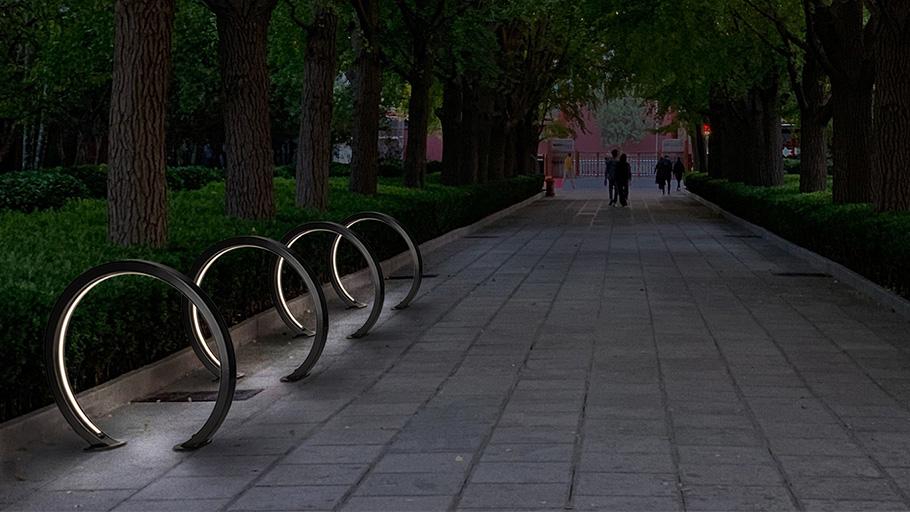
The Future of Urban Cycling Infrastructure
The evolution of bike rack is not just a vision for the future but a reality being shaped today by innovative products like the Ferris Lit Bike Rack. This cutting-edge solution from Reliance Foundry exemplifies how urban cycling infrastructure is beginning to incorporate technology. The Ferris, with its integrated illumination, not only enhances functionality and urban aesthetics but also improves visibility and safety, marking a significant step forward in making urban environments more welcoming for cyclists at all hours.
This forward-thinking approach promises to seamlessly integrate cycling infrastructure into the fabric of city life, fostering a global cycling culture that values sustainability, health, and inclusivity. As we look ahead, we can expect bike rack designs to evolve further, incorporating more advanced smart technologies, renewable energy sources, and even greater collaboration with communities. These innovations will not only enrich the cycling experience but also contribute to more liveable, attractive, and connected urban spaces.

